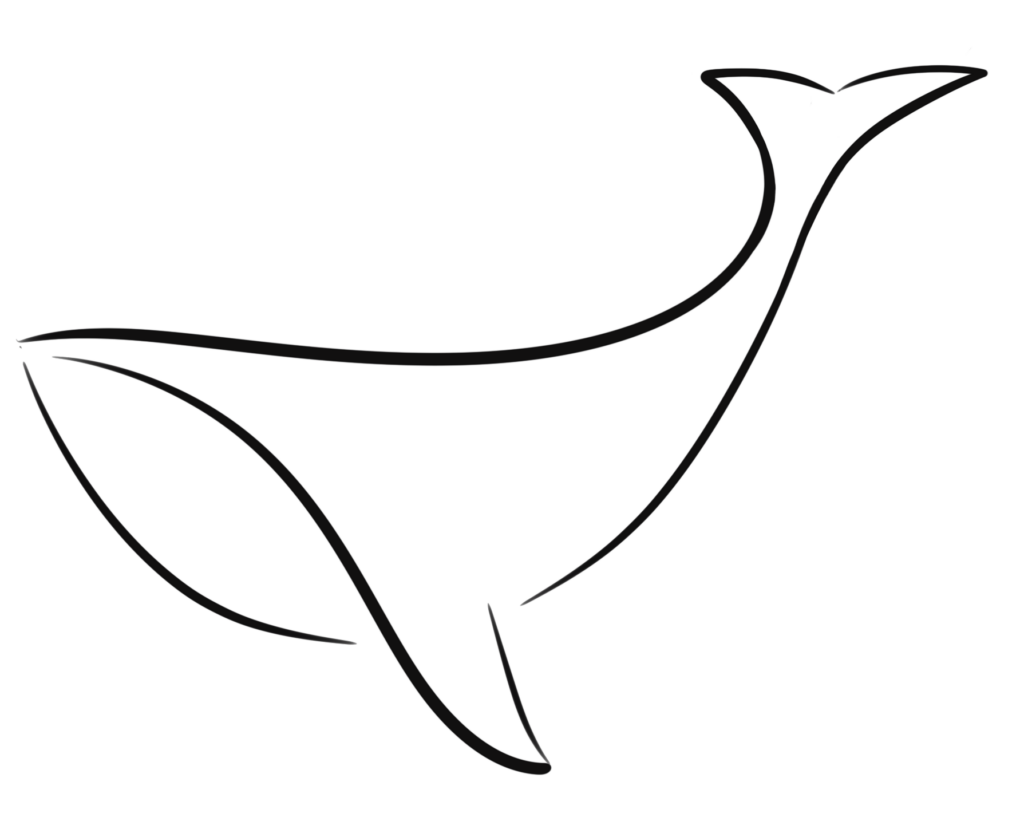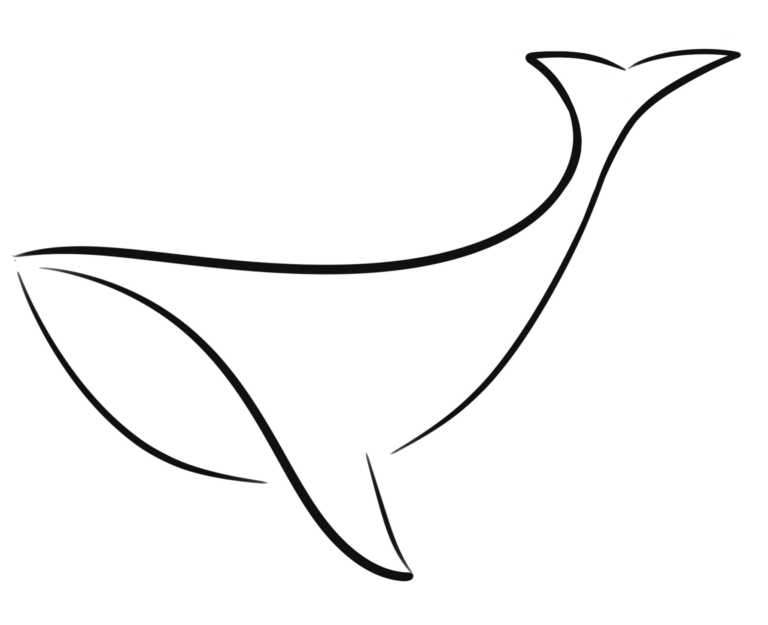ARTIFACTS
Anisotropy
Anisotropy occurs when the ultrasound beam hits the target structure at a non-perpendicular angle (for example tendon attachment to the bone). This can cause a hyperechoic structure to appear hypo or anechoic. Adjusting the probe with “rocking” or “heel-toe” maneuvers can help avoid diagnostic errors.
Posterior acoustic shadowing
Mirror image
Lateral shadows
Posterior reverberation artifact
Posterior acoustic enhancement
Side-lobe artifact
Interface sign
Artifacts
Ultrasound artifacts are distortions or abnormalities in the ultrasound image that can be caused by various factors. They can be caused by technical issues with the ultrasound machine or probe, patient-related factors such as body habitus or tissue density, or the presence of certain objects or materials in the body.
Some common types of ultrasound artifacts include:
Mirror image artifact: This is caused when ultrasound waves are reflected back from a surface, such as the chest wall or diaphragm, creating a mirror image of the structure behind it.
Shadowing artifact: This occurs when an object, such as a calcification or tumor, absorbs or blocks the ultrasound waves, creating a shadow or dark area on the image.
Refraction artifact: This is caused when ultrasound waves change direction as they pass through tissues with different densities, resulting in a distorted or bent image.
Attenuation artifact: This occurs when ultrasound waves are absorbed or scattered as they pass through tissues, causing a loss of image quality and reduced contrast.
Ghosting artifact: This is caused when multiple echoes from the same structure are displayed on the image, resulting in a ghost-like appearance.
Ultrasound artifacts can be difficult to identify and can affect the accuracy of the ultrasound image. It is important for the sonographer to be aware of potential artifacts and to use proper technique to minimize their impact on the image.
